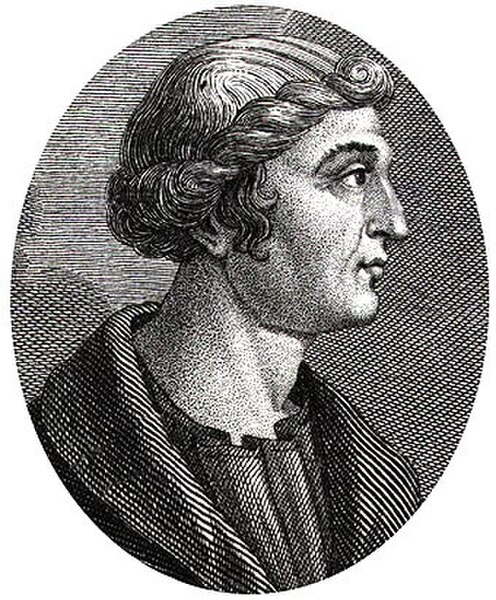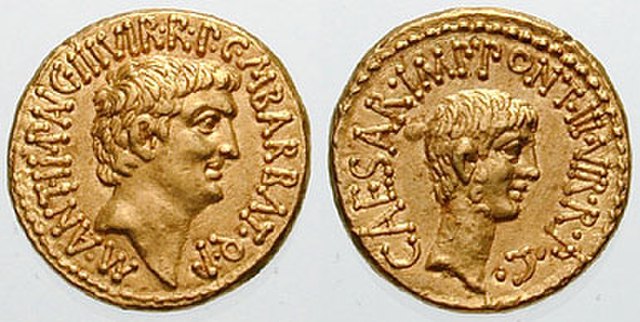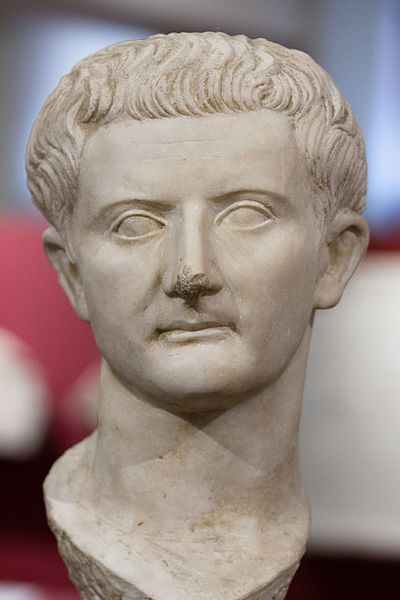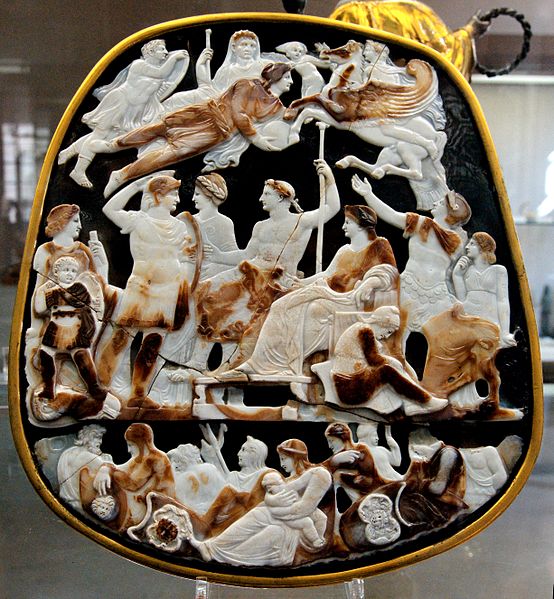Lucius Cassius Dio, also known as Dio Cassius, was a Roman historian and senator of maternal Greek origin. He published 80 volumes of the history of ancient Rome, beginning with the arrival of Aeneas in Italy. The volumes documented the subsequent founding of Rome, the formation of the Republic, and the creation of the Empire up until 229 AD, during the reign of Severus Alexander. Written in Ancient Greek over 22 years, Dio's work covers approximately 1,000 years of history. Many of his 80 books have survived intact, or as fragments, providing modern scholars with a detailed perspective on Roman history.
17th century illustration of Dio
History of the Roman Empire
The history of the Roman Empire covers the history of ancient Rome from the fall of the Roman Republic in 27 BC until the abdication of Romulus Augustulus in AD 476 in the West, and the Fall of Constantinople in the East in AD 1453. Ancient Rome became a territorial empire while still a republic, but was then ruled by Roman emperors beginning with Augustus, becoming the Roman Empire following the death of the last republican dictator, the first emperor's adoptive father Julius Caesar.
Roman aureus bearing the portraits of Mark Antony (left) and Octavian (right), issued in 41 BC to celebrate the establishment of the Second Triumvirate by Octavian, Antony and Marcus Lepidus in 43 BC. Both sides bear the inscription "III VIR R P C", meaning "One of Three Men for the regulation of the Republic".
The Augustus of Prima Porta
Portrait of Tiberius; Musée Saint-Raymond. Toulouse
The Great Cameo of France, a cameo five layers sardonyx, Rome, c. AD 23, depicting the emperor Tiberius seated with his mother Livia and in front of his designated heir Germanicus, with the latter's wife Agrippina the Elder; above them float the deceased members of their house: Augustus, Drusus Julius Caesar, and Nero Claudius Drusus





